Most novice tortoise owners may not know what to feed their red footed tortoises. Understanding the dietary needs of these fascinating creatures is crucial for their health and well-being. Red footed tortoises are primarily herbivores, meaning their diets consist mainly of fruits, vegetables, and leafy greens.
Feeding them the right foods in the right amounts is essential to their overall health and longevity. It is important to note that feeding red footed tortoises the wrong foods can lead to serious health issues such as obesity, malnutrition, and digestive problems. This beginners feeding guide will provide essential information on what to feed red footed tortoises and how to ensure they receive the proper nutrition for a happy and healthy life.
Key Takeaways:
- 1. Variety is key: Red footed tortoises require a diverse diet that includes leafy greens, vegetables, and occasional fruits to ensure they receive all the necessary nutrients.
- 2. High fiber is important: Their diet should contain high amounts of fiber, so including foods like grasses and hay is crucial for their digestive health.
- 3. Avoid toxic foods: Certain foods such as avocado, rhubarb, and certain houseplants can be toxic to red footed tortoises and should be avoided at all costs.
Nutritional Requirements
Now that you understand the dietary needs of red-footed tortoises in general, it’s important to explore the nutritional requirements needed to keep your pet healthy and thriving. Providing a well-balanced diet is essential to ensuring your tortoise gets the nutrients it needs to live a long and healthy life.
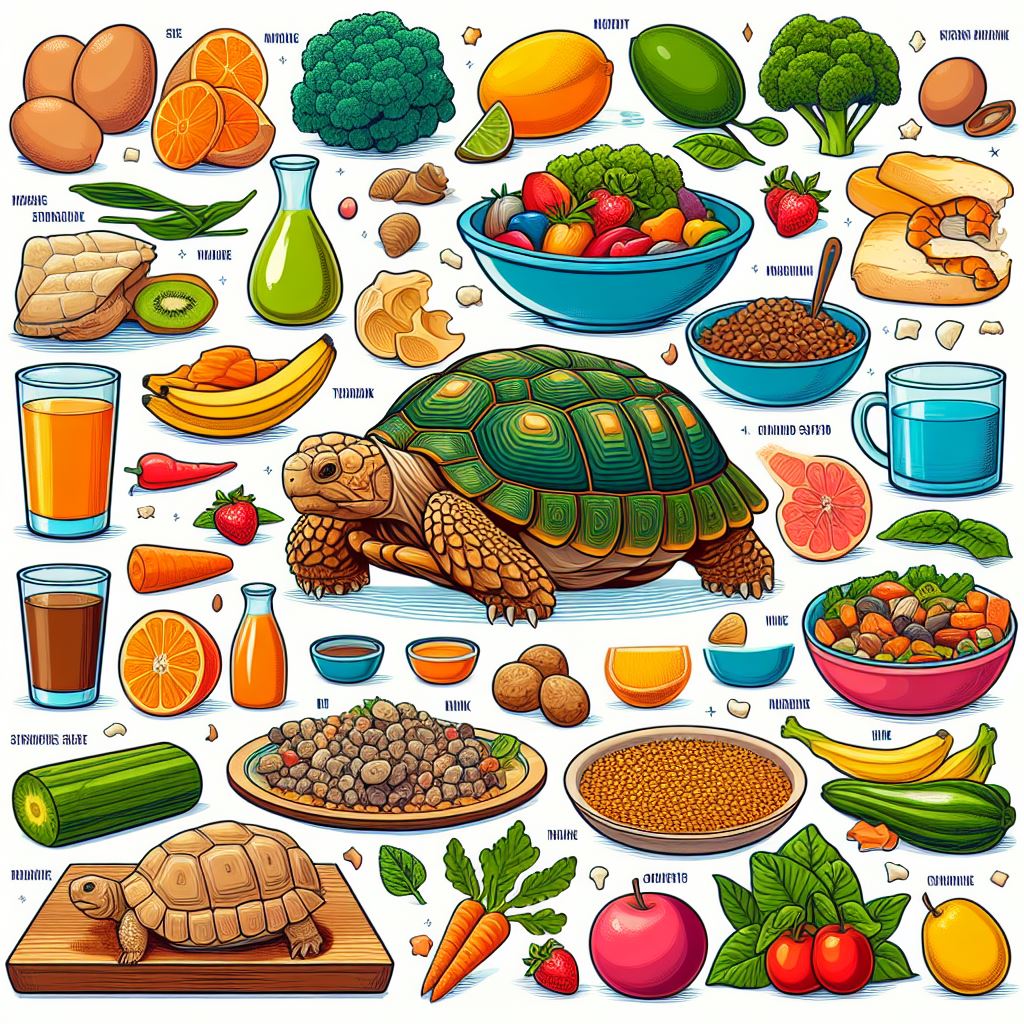
Macronutrient Breakdown
Red-footed tortoises require a diet that is high in fiber and low in fat. Approximately 80% of their diet should consist of dark, leafy greens such as kale, collard greens, and dandelion greens. These vegetables provide essential vitamins and minerals while also supplying the necessary fiber for a healthy digestive system. The remaining 20% of their diet should be comprised of other vegetables, fruits, and a small amount of lean protein such as insects or worms. It’s important to avoid feeding them high-fat and high-protein foods, as these can lead to health issues such as obesity and liver problems.
Micronutrients and Vitamins
In addition to macronutrients, red-footed tortoises require a variety of micronutrients and vitamins to support their overall health. Calcium is particularly important for bone and shell health, so it’s essential to provide calcium-rich foods such as dark, leafy greens, and calcium supplements. Vitamin D3 is also crucial for calcium absorption, so it’s important to ensure your tortoise receives adequate exposure to UVB light. Additionally, a variety of other vitamins and minerals, such as vitamin A and phosphorus, are necessary for overall health and well-being. Ensuring your tortoise receives these essential micronutrients and vitamins will help prevent common health issues such as metabolic bone disease.
Recommended Foods for Red-Footed Tortoises
Clearly, providing the right foods is crucial for the health and well-being of red-footed tortoises. A well-balanced diet is essential to meet their nutritional needs and ensure their overall health. Below are some recommended foods that are suitable for red-footed tortoises.
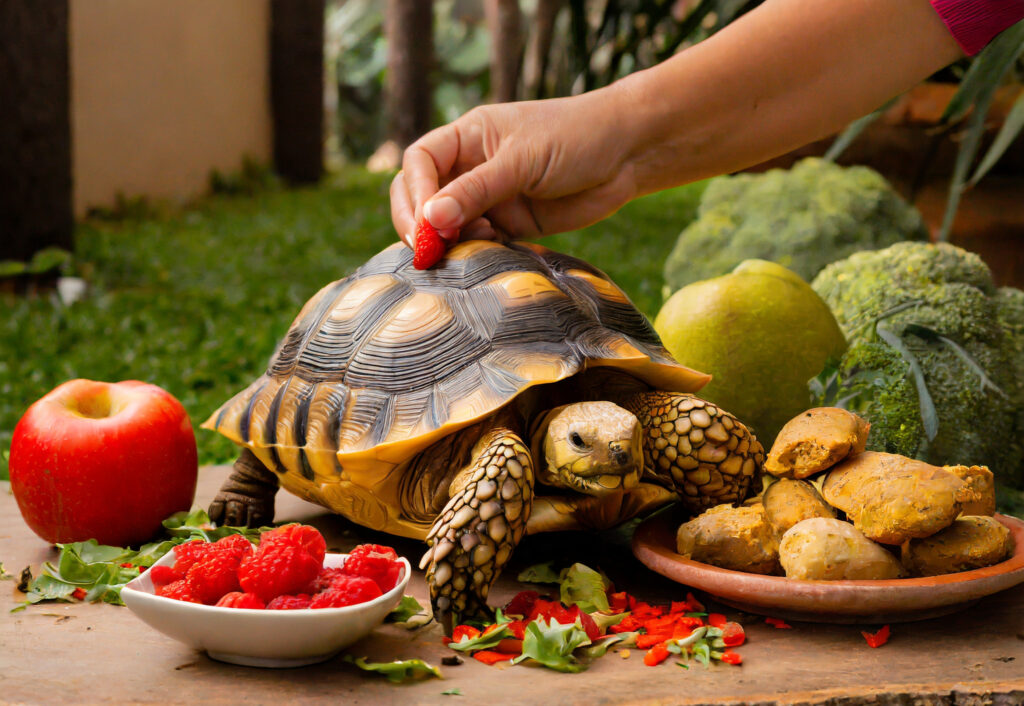
Vegetables and Greens
Red-footed tortoises should be offered a variety of dark, leafy greens and vegetables as part of their diet. These can include romaine lettuce, dandelion greens, collard greens, and mustard greens. These vegetables are high in fiber, vitamins, and minerals, which are essential for the tortoise’s overall health. However, it’s important to avoid feeding them high-oxalate vegetables such as spinach and beet greens, as they can interfere with calcium absorption.
Fruits
While fruits should be given in moderation, they can be included as part of the red-footed tortoise’s diet. Fruits such as apples, bananas, berries, and melons can be offered as occasional treats. However, fruits should not make up the majority of their diet, as they are high in sugars and can lead to obesity and other health issues if consumed in excess.
Proteins and Other Foods
In addition to vegetables and fruits, red-footed tortoises can benefit from the occasional offering of protein sources such as mealworms, earthworms, and snails. These foods should only be given as treats, as too much protein can be harmful to tortoises. Additionally, offering a calcium supplement in the form of a powdered supplement or cuttlebone can help ensure they are getting enough of this essential mineral for strong bones and shell development.
Feeding Schedule and Quantity
For adult red-footed tortoises, feeding should occur every 2-3 days to maintain a healthy diet. They should be given a portion of food that is approximately the size of their head. It’s important not to overfeed them, as this can lead to obesity and other health issues. Young red-footed tortoises should be fed on a daily basis, as they are still growing and need the additional nutrients.
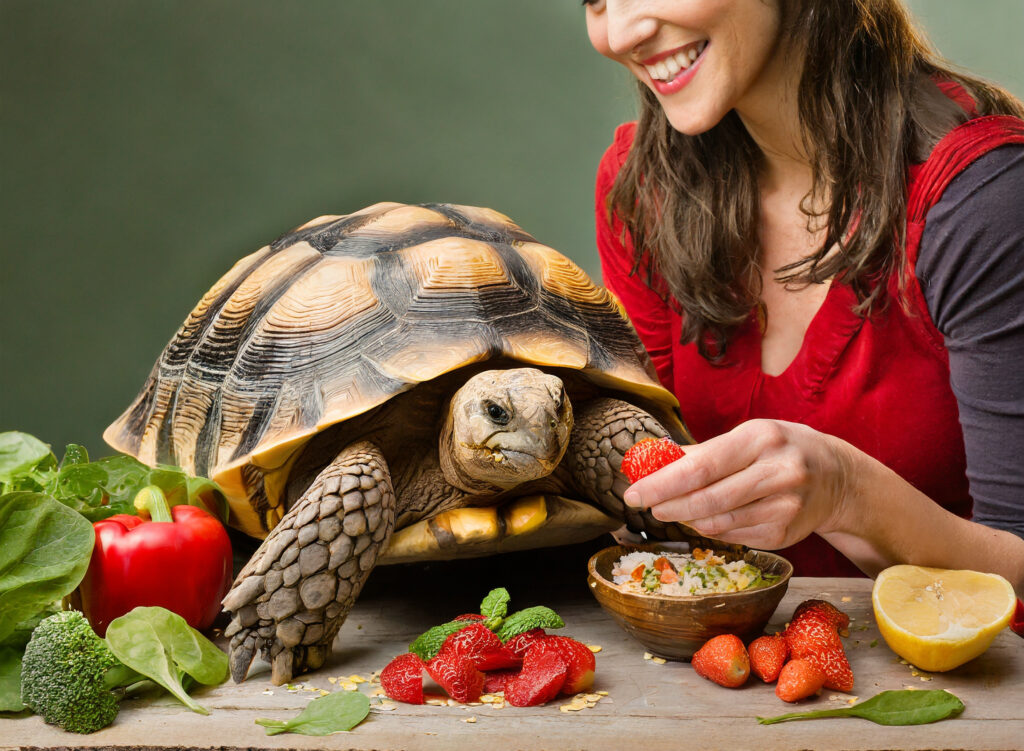
Frequency of Feeding
Adult red-footed tortoises should be fed every 2-3 days, while young tortoises should be fed daily. Maintaining a regular feeding schedule is important to ensure that the tortoise receives the necessary nutrients for their growth and overall health. Overfeeding can lead to obesity and other health issues, so it’s important to stick to the recommended feeding frequency.
Portion Size Considerations
When feeding a red-footed tortoise, the portion size should be approximately the size of their head. It’s important not to overfeed them, as this can lead to obesity and other health issues. Young tortoises may require smaller portion sizes, while adults can handle slightly larger portions. It’s crucial to monitor the portion sizes to ensure the tortoise maintains a healthy weight and avoids any digestive issues.
Common Dietary Mistakes to Avoid
Unlike other pets, red-footed tortoises have specific dietary needs that must be met to keep them healthy. It’s crucial for beginners to be aware of common dietary mistakes to avoid when feeding their red-footed tortoises.
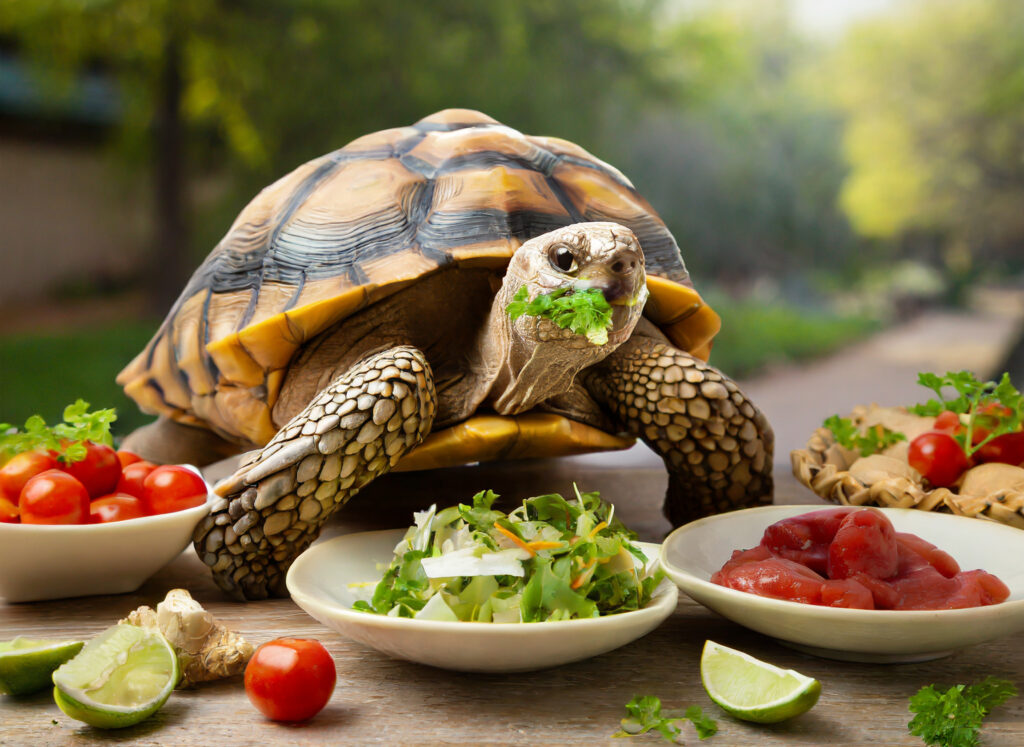
Foods That Can Be Harmful
Some foods can be harmful to red-footed tortoises and should be avoided. These include high-protein dog or cat food, dairy products, processed foods, and foods high in oxalates such as spinach and rhubarb. These items can lead to health issues such as kidney problems, shell deformities, and digestive issues. It’s essential for tortoise owners to be aware of these harmful foods to ensure they aren’t included in the tortoise’s diet.
Overfeeding Issues
Overfeeding can lead to obesity and health problems in red-footed tortoises. It’s important for owners to monitor their tortoise’s food intake and provide a balanced diet. Overfeeding can also lead to imbalances in nutrients such as calcium and phosphorus, which can impact the tortoise’s shell and overall health. It’s crucial for owners to understand proper portion sizes and avoid overfeeding their red-footed tortoises.
Conclusion
Summing up, the beginner’s feeding guide for red-footed tortoises is a comprehensive resource for anyone looking to provide proper nutrition for these reptiles. Understanding their herbivorous diet, including leafy greens, vegetables, fruits, and some occasional proteins, is vital to maintaining their health and well-being. By following the recommendations outlined in the guide, new tortoise owners can ensure that their pets receive the essential nutrients they need to thrive. With a balanced and varied diet, they can look forward to having happy and healthy red-footed tortoises for years to come.
Red Footed Tortoise Feeding Guide FAQ
Q: What do red footed tortoises eat?
A: Red footed tortoises are omnivorous, meaning they eat a variety of foods. Their diet should primarily consist of dark, leafy greens such as kale, collard greens, and dandelion greens. They also require fruit and vegetables such as berries, squash, and carrots. It is important to provide them with moderate amounts of protein, which can be offered in the form of insects (such as crickets and mealworms) and small amounts of cooked lean meat. Variety is key to providing a balanced diet for red footed tortoises.
Q: How often should I feed my red footed tortoise?
A: Red footed tortoises should be fed daily, with a diet consisting of approximately 80% vegetables and 20% fruit. It is important to monitor their food intake, as overfeeding can lead to obesity and other health issues. Additionally, providing a calcium supplement and a multivitamin supplement a few times a week can help ensure they are receiving all the necessary nutrients.
Q: Can I give my red footed tortoise treats?
A: While it is okay to give red footed tortoises occasional treats, such as small pieces of fruit or the occasional insect, it is important to do so in moderation. Avoid giving them high-fat, high-sugar, or processed treats, as these can lead to health problems. Always research any new foods before offering them to your tortoise, as some foods can be toxic to reptiles. Remember that a well-balanced diet is essential for the health and well-being of your red footed tortoise.

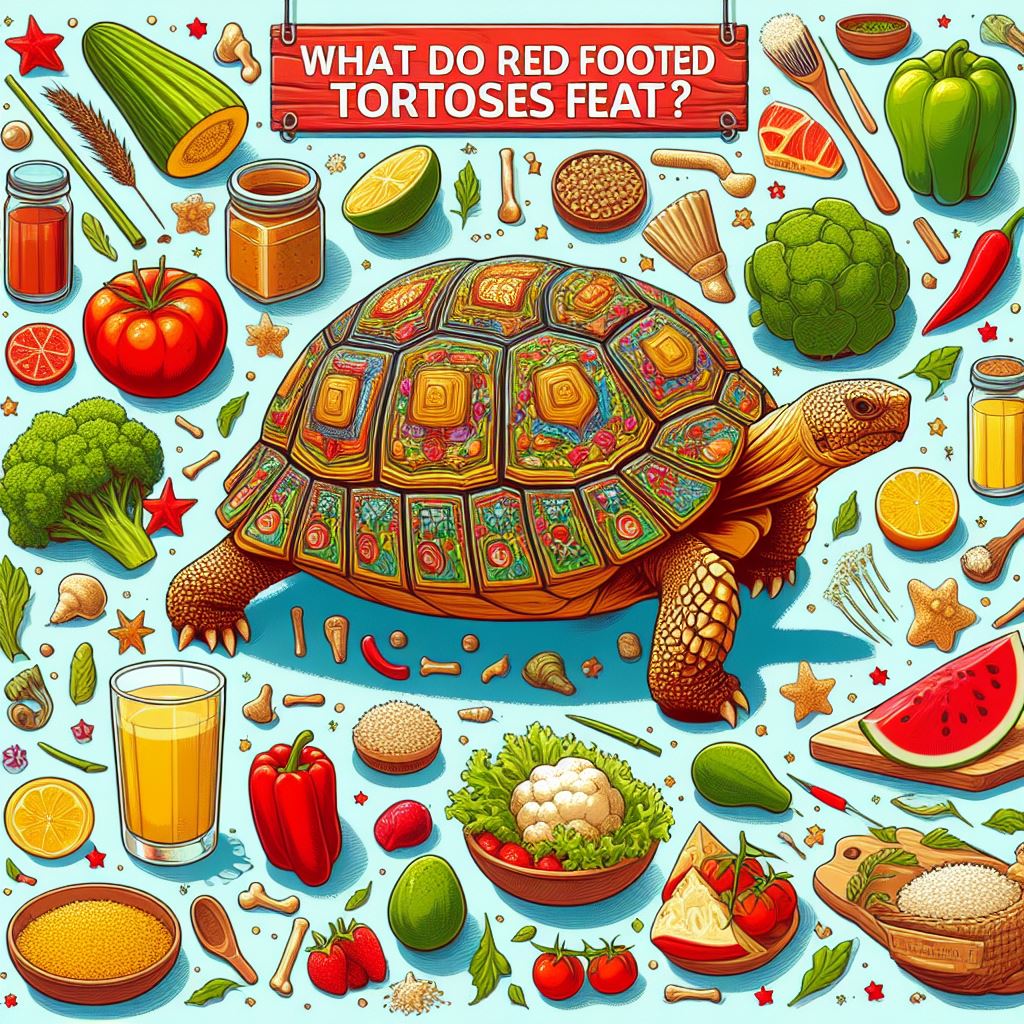




Leave a Reply